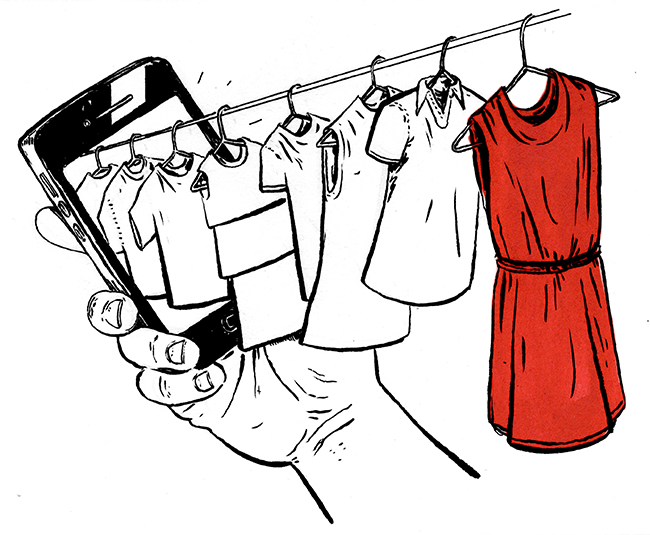ZEITGUIDE TO MOBILE

ZEITGUIDE IMAGE BY KRISTOFER PORTER
How do people define peace and prosperity?
In the 16th century, France’s Good King Henry said, “a chicken in the pot on Sunday.” In 1928, the GOP’s Herbert Hoover added, “a car in every garage.”
Today? A mobile phone in every pocket.
We’re getting close: 5.2 billion people today have mobile devices, and about 30% of those are smartphones. Already, 25% of all web traffic is on mobile devices.
Samsung, Korea’s massive family-run conglomerate, has been a key player in this mobile saturation. With 31.2% global market share—more than double that of Apple—Samsung is the leading smartphone maker in the world. It climbed to the top by selling cheaper phones that were available for every carrier, and by quickly pioneering the large-screen mobile segment. Samsung co-Chief Executive J.K. Shin calls Samsung’s strategy “all segments for all markets.”
So after this week’s release of their earnings, many have been wondering what to make of Samsung’s lower estimated quarterly operating profit—$7.1 billion, down 25% from the same quarter last year. Samsung claims that the market is getting saturated. But it seems that they are specifically getting squeezed on both ends: Apple is moving into more global markets with its pricey iPhones, and the cheaper manufacturers are improving in quality. (Newcomer Xiaomi, which offers a $100 phone, outsold Samsung in China, with almost 1/4 of its buyers being Samsung switchers.)
So while declining revenues may be bad for Samsung, all those signals are very strong for the continued global growth of mobile.
Here are some of the staggering stats:
- Mobile data traffic grew 81% globally in 2013. More than half of that was video.
- Global mobile data traffic will continue to balloon an estimated 61% per year for the next five years.
- Americans are already accessing the Internet more through mobile devices than through PCs/desktops.
- 62% of the time spent on retail Internet sites was on a tablet or smartphone last year. In 2014, 29% of all e-commerce transactions in 2014 will come from a tablet or smartphone—an estimated $114 billion.
- One fifth of news users across the UK, US, Germany, France, Italy, Spain, Brazil, Japan, Denmark and Finland now say their smartphone is their primary access point to news.
- Mobile ad sales surged 105% in 2013 to nearly $18 billion. Google and Facebook took in about 70% of that.
It wasn’t long ago that mobile technology of any kind was a luxury. But now mobile phones are transforming emerging economies, as we already discussed in our ZEITGUIDE to NIGERIA. It’s allowing them to “leapfrog” over landlines – and other legacy brick-and-mortar systems, like retail and banking.
Mobile provides connectivity, real-time-and-place data, and seamless and transparent payment systems for parts of the world that don’t even have clean water or electricity.
Keep Learning,
Brad Grossman
Creator, ZEITGUIDE
Founder, Grossman & Partners
____________________
ZEITGUIDE is Grossman & Partners‘ content platform that guides our audience through the leading-edge issues in our constantly changing culture. Each weekly newsletter illuminates one of the areas we continue to explore.
If you need to learn more about any of these subjects, please email info@grossmanandpartners.com. Get ZEITGUIDE 2014 here.
